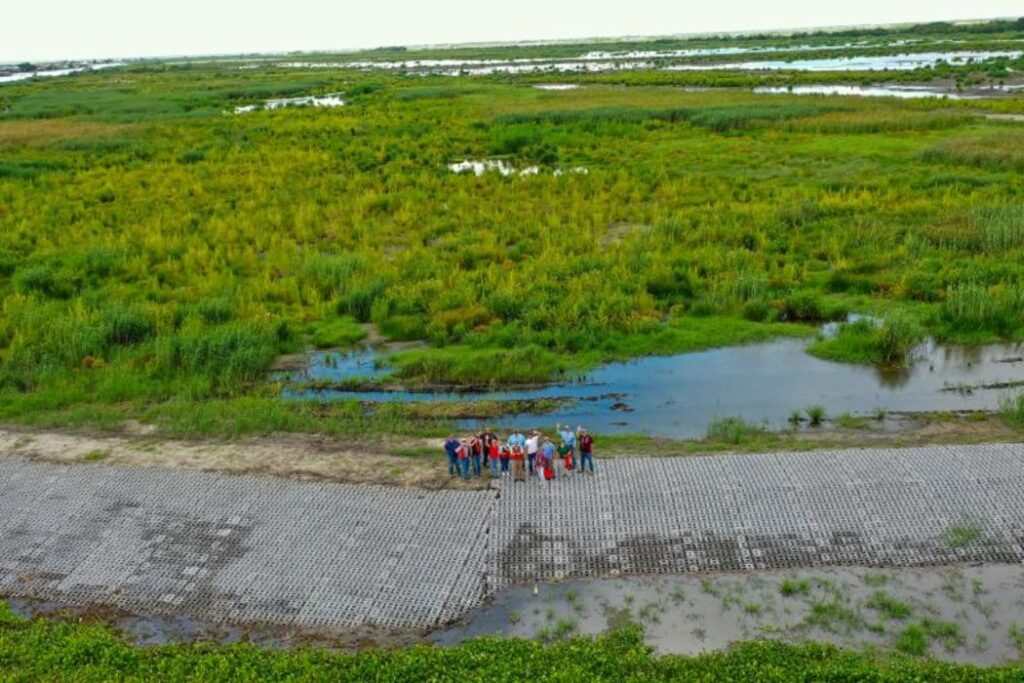470-Acre Coastal Wetland Restored in Louisiana with $14 Million in NOAA Funding
Posted
Last Updated
Through the Coastal Wetlands Planning, Protection, and Restoration Act Program, NOAA and its partners restored Bayou De Cade to help combat land loss and support fisheries.
In honor of American Wetlands Month, we’re celebrating the success of a large-scale marsh restoration project in coastal Louisiana.
NOAA’s Office of Habitat Conservation and its partners restored 473 acres of marsh and 11,171 linear feet of ridge habitat in Bayou De Cade, Louisiana. NOAA provided $14 million for the project through the Coastal Wetlands Planning, Protection, and Restoration Act Program. This effort is part of NOAA’s long-term commitment to combat land loss in this region.
Formerly a sinking mass of soupy sediment, the project site now hosts a brackish marsh where redfish, blue crabs, shrimp, and other species come in with the tides. The restored wetlands help protect the coastline from erosion and flooding and support Louisiana’s billion-dollar seafood industry.
“Every acre of marsh we are able to restore means better protection across the state,” said Bren Haase, Deputy Executive Director for the Louisiana Coastal Protection and Restoration Authority, a project partner. “It’s critical for us to take on projects like this to not just restore what we’ve lost, but restore wetlands in ways that strengthen them and prevent future deterioration.”
Bayou De Cade is part of the Terrebonne Basin, an area experiencing high subsidence—sinking of the ground. In the past, sediment from the Mississippi River replenished the earth lost to subsidence. But, the construction of levees halted this process. Canals dug for oil and gas exploration, and pipelines contributed further to wetland loss. The Basin has lost 20 percent of its wetlands since 1932.
read more at fisheries.noaa.gov.


